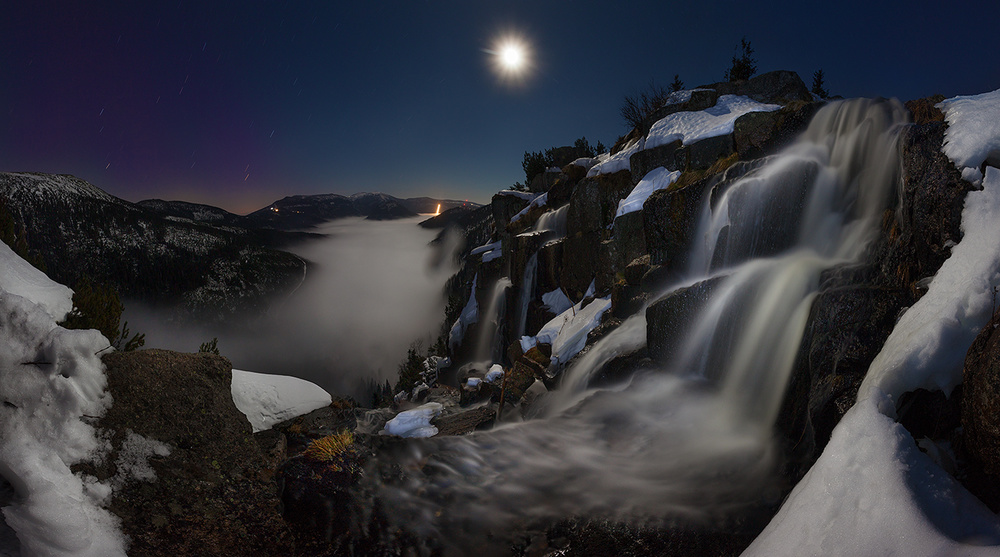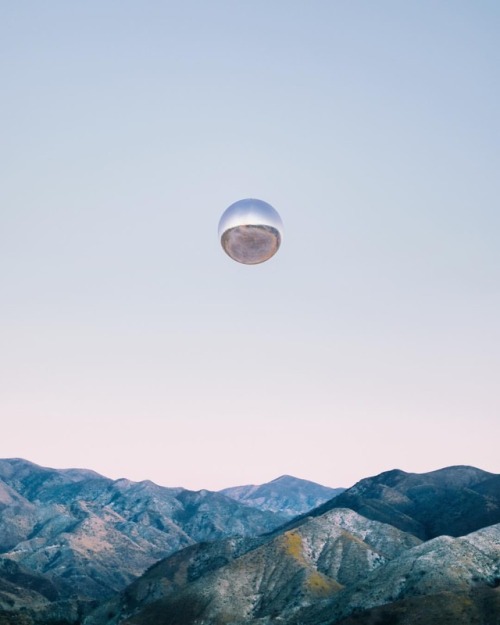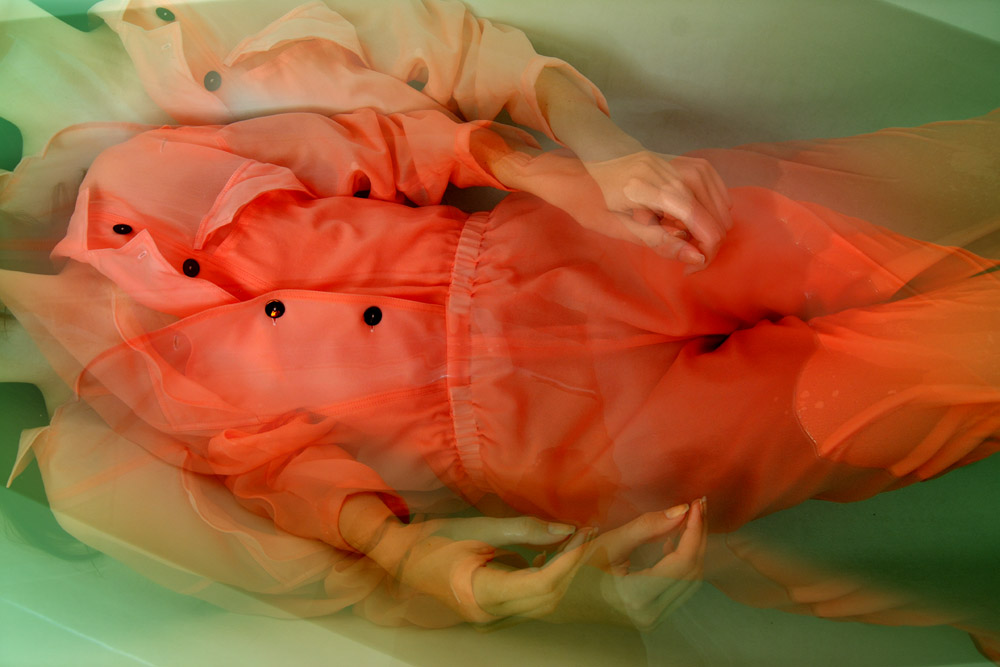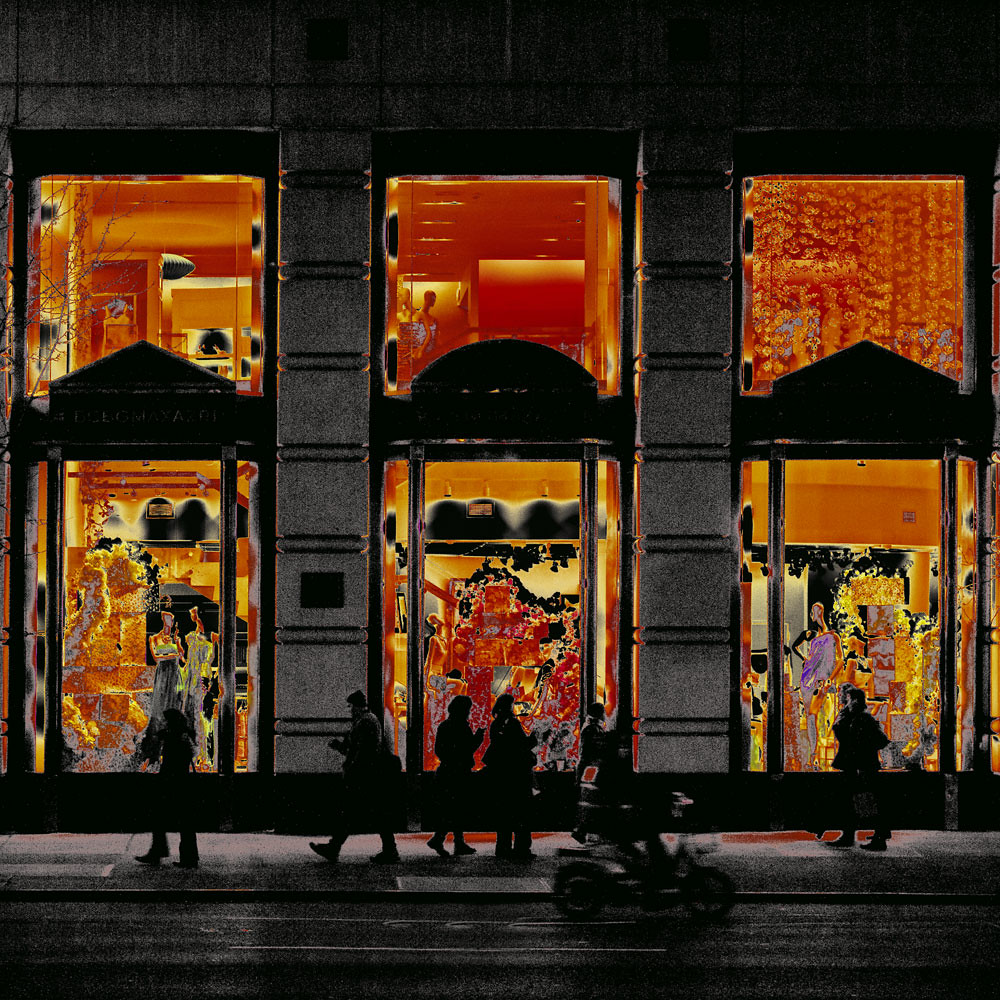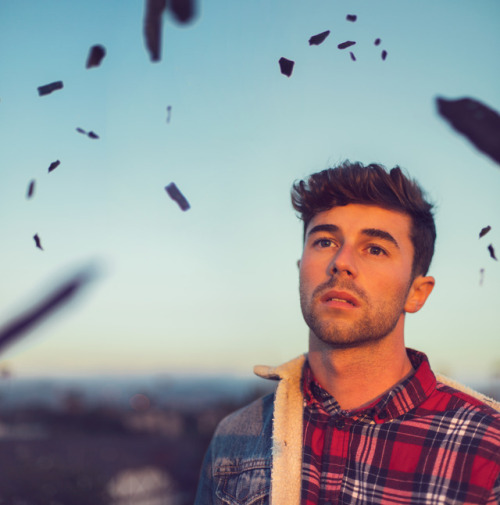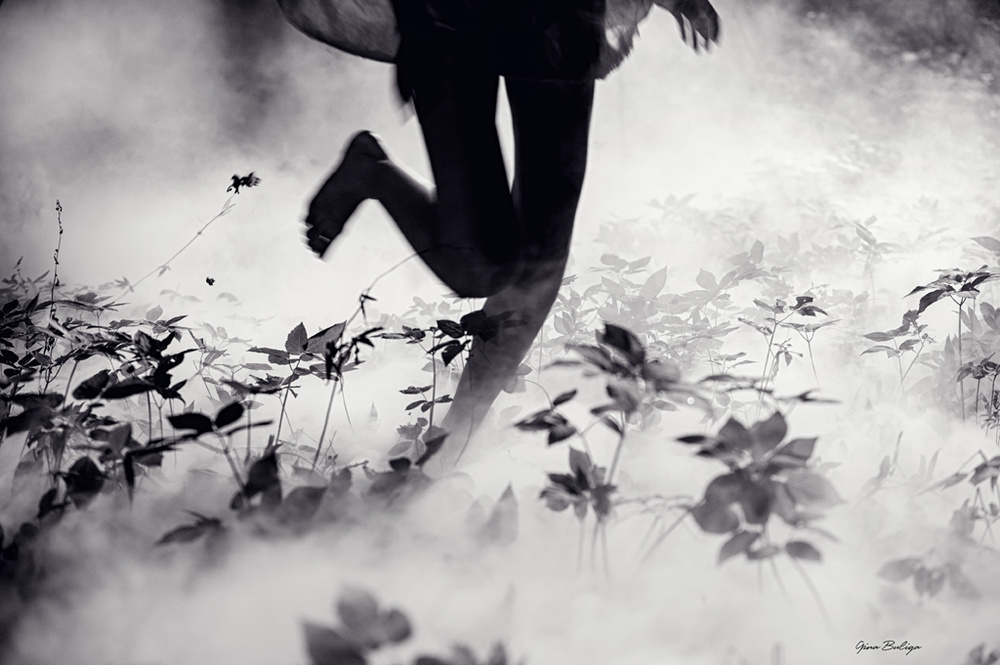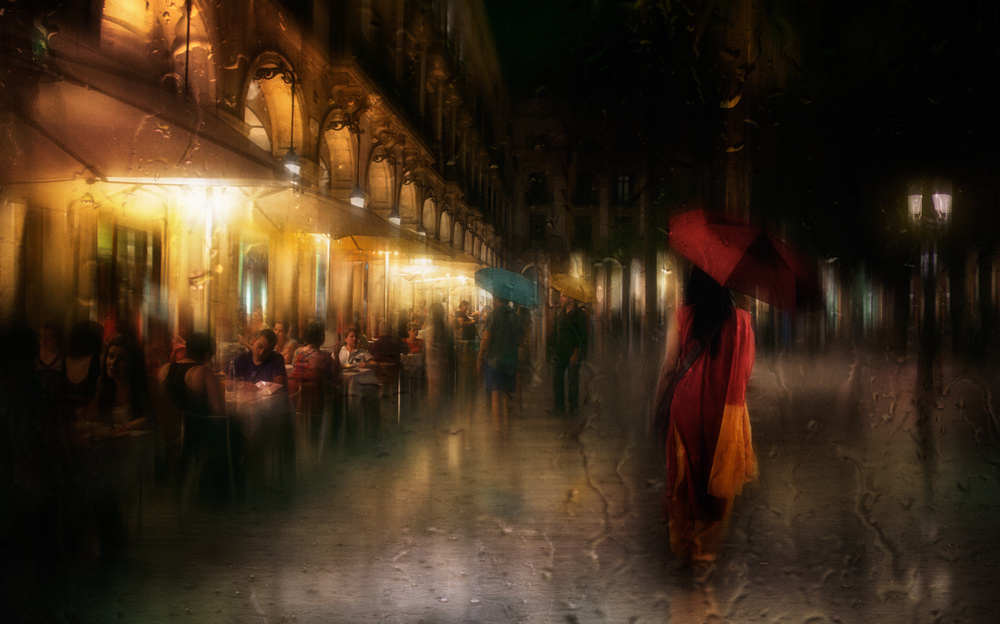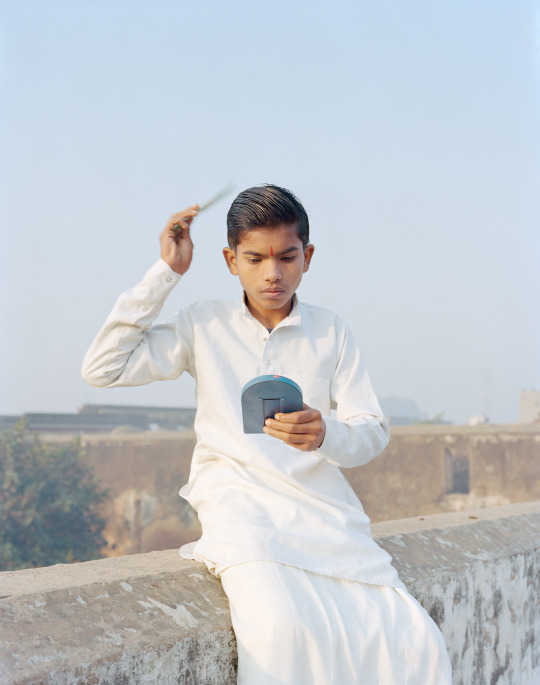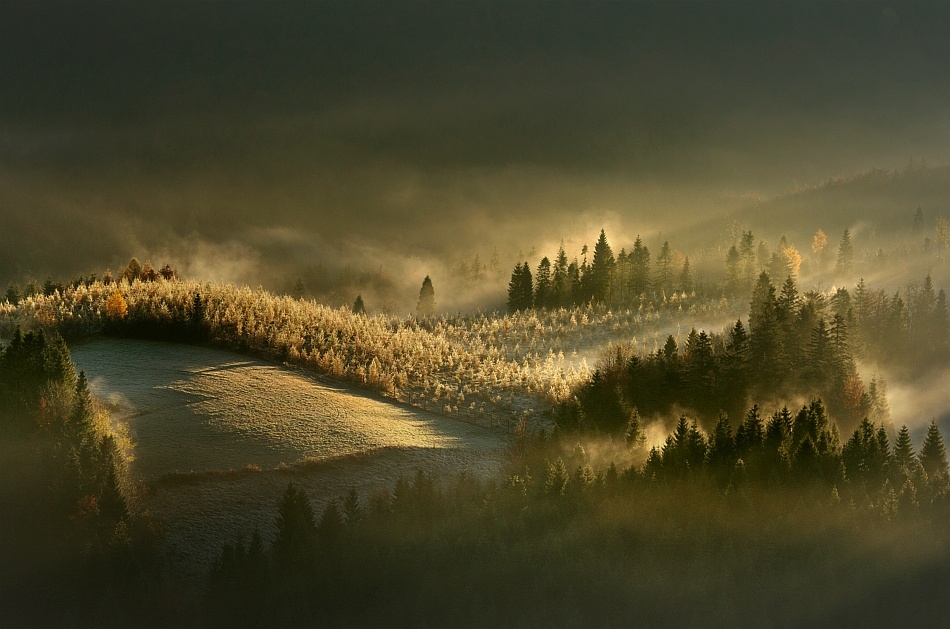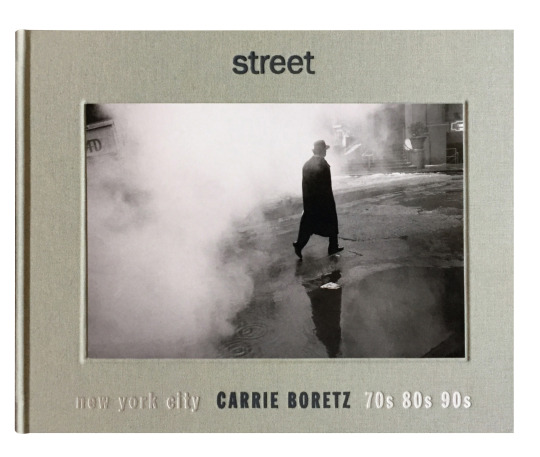Photographers
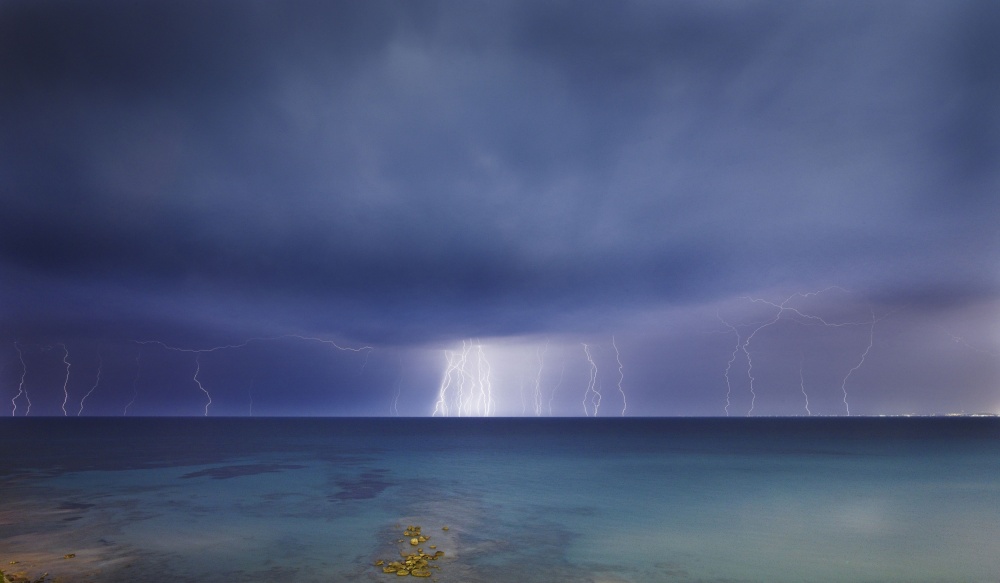
How to shoot a 'Lightning Show'
1x Blog-Photographers' .
The ideal opportunity was not long in presenting itself; a storm was bearing down one summer evening on the Sani Resort in Halkidiki, Greece. This is where I have lived and worked for thirty years. The landscape and its contours, the weather conditions at any time of the year and the way weather patterns are likely to evolve and change are all very familiar to me.
I knew that I needed to be placed somewhere high above ground, sheltered from the force of the driving wind that was racing straight towards the camera, skimming the surface of the sea from the other side of the gulf. I also needed protection from the rain, which almost always accompanies these storms. The shutter of the Phase One had to remain open for a full 18 minutes — an eternity in photographic terms — and thus I needed both myself and the camera to be firmly secured.
I opted for the covered balcony on the fifth floor of the Sani Beach Hotel, which offered a favorable angle from which to view the sea. It had an unimpeded, panoramic view of the gulf and no foreground distractions. This was essential for the composition that I intended and allowed the focus to rest on the horizon, where all the action would take place.
I set up the camera on a tripod, using the Phase One Aspherical 28mm lens — the widest angle lens in the current range. I set the aperture to f/9 and the ISO to 140 — precisely the mode recommended by the manufacturer — and chose a frame that would include enough foreground features, such as rocks, to give my composition a sense of scale and perspective.
I first took a 4-minute trial shot, which is my standard practice. I wanted to see how the shot would convey the light of the surrounding area, and I also needed to determine exactly which elements to reconsider. When the storm was at its climax with repeated flashes of lightning dancing across the sky, I opened the shutter and waited for nature and chance to work their magic. I kept a close eye on the shape and position of each individual flash of lightning throughout these 18 minutes, aware that I could extend the exposure if I wanted to. Finally the curtain fell, and I felt that I had what I wanted.
My intention was to capture four elements, namely the random succession of electrical discharges, the speed and force of the wind sweeping across the water, the calm that precedes all such storms, and finally the bass rumbling of the thunder accompanying each discharge, far away in the horizon.
When I now look at the photo — as a spectator rather than as a photographer — I appreciate the elements, allowing the visual composition I created to evoke a stream of ideas and associations.
The flashes of lightning seem to form a screen of light streams; a phantasmagorical representation of the world of pure light, with shapes and forms of transcendent geometry and primeval beauty. It was as if I had been watching a drama enacted by the forces of nature and their allegorical representations: an unyielding Prometheus bestowing his gift of fire, or Uranus opening his eye on the figure of Night. I took particular pleasure in the many simultaneous discharges of light frozen into one moment. Although the picture has captured the great rage of nature, it did not instill any fear in me. It was more of a revelation, a manifestation — but seen from a safe distance.
. '
Being able to take exposures of up to one hour with practically no image noise was something I absolutely had to put to test — trying out the gift I had generously given myself.
The Phase One IQ 260 digital back is probably the best gift imaginable for a keen landscape photographer, especially one with a passion for night photography and long-exposure shots.
The ideal opportunity was not long in presenting itself; a storm was bearing down one summer evening on the Sani Resort in Halkidiki, Greece. This is where I have lived and worked for thirty years. The landscape and its contours, the weather conditions at any time of the year and the way weather patterns are likely to evolve and change are all very familiar to me.
"The shutter of the Phase One had to remain open for a full 18 minutes – an eternity in photographic terms – and thus I needed both myself and the camera to be firmly secured."
I knew that I needed to be placed somewhere high above ground, sheltered from the force of the driving wind that was racing straight towards the camera, skimming the surface of the sea from the other side of the gulf. I also needed protection from the rain, which almost always accompanies these storms. The shutter of the Phase One had to remain open for a full 18 minutes — an eternity in photographic terms — and thus I needed both myself and the camera to be firmly secured.
I opted for the covered balcony on the fifth floor of the Sani Beach Hotel, which offered a favorable angle from which to view the sea. It had an unimpeded, panoramic view of the gulf and no foreground distractions. This was essential for the composition that I intended and allowed the focus to rest on the horizon, where all the action would take place.
I set up the camera on a tripod, using the Phase One Aspherical 28mm lens — the widest angle lens in the current range. I set the aperture to f/9 and the ISO to 140 — precisely the mode recommended by the manufacturer — and chose a frame that would include enough foreground features, such as rocks, to give my composition a sense of scale and perspective.
"When the storm was at its climax with repeated flashes of lightning dancing across the sky, I opened the shutter and waited for nature and chance to work their magic."
I first took a 4-minute trial shot, which is my standard practice. I wanted to see how the shot would convey the light of the surrounding area, and I also needed to determine exactly which elements to reconsider. When the storm was at its climax with repeated flashes of lightning dancing across the sky, I opened the shutter and waited for nature and chance to work their magic. I kept a close eye on the shape and position of each individual flash of lightning throughout these 18 minutes, aware that I could extend the exposure if I wanted to. Finally the curtain fell, and I felt that I had what I wanted.
My intention was to capture four elements, namely the random succession of electrical discharges, the speed and force of the wind sweeping across the water, the calm that precedes all such storms, and finally the bass rumbling of the thunder accompanying each discharge, far away in the horizon.
When I now look at the photo — as a spectator rather than as a photographer — I appreciate the elements, allowing the visual composition I created to evoke a stream of ideas and associations.
The flashes of lightning seem to form a screen of light streams; a phantasmagorical representation of the world of pure light, with shapes and forms of transcendent geometry and primeval beauty. It was as if I had been watching a drama enacted by the forces of nature and their allegorical representations: an unyielding Prometheus bestowing his gift of fire, or Uranus opening his eye on the figure of Night. I took particular pleasure in the many simultaneous discharges of light frozen into one moment. Although the picture has captured the great rage of nature, it did not instill any fear in me. It was more of a revelation, a manifestation — but seen from a safe distance.
BIOGRAPHY
I am a Greek architect, graduate of U of P, an amateur nature and wildlife photographer and a sports and outdoor enthusiast. I love nature and adventure travels. My favorite quote is, “Some people are wise, and some are otherwise."


